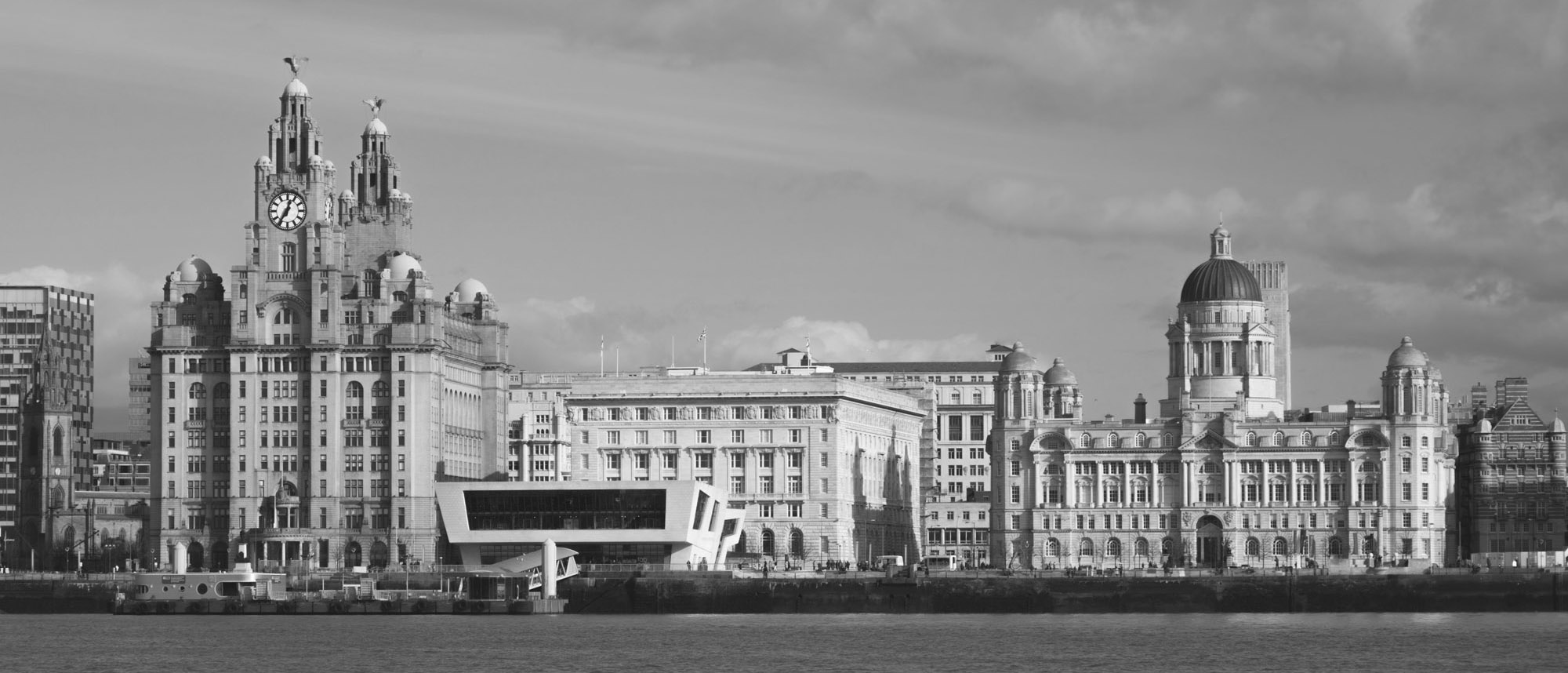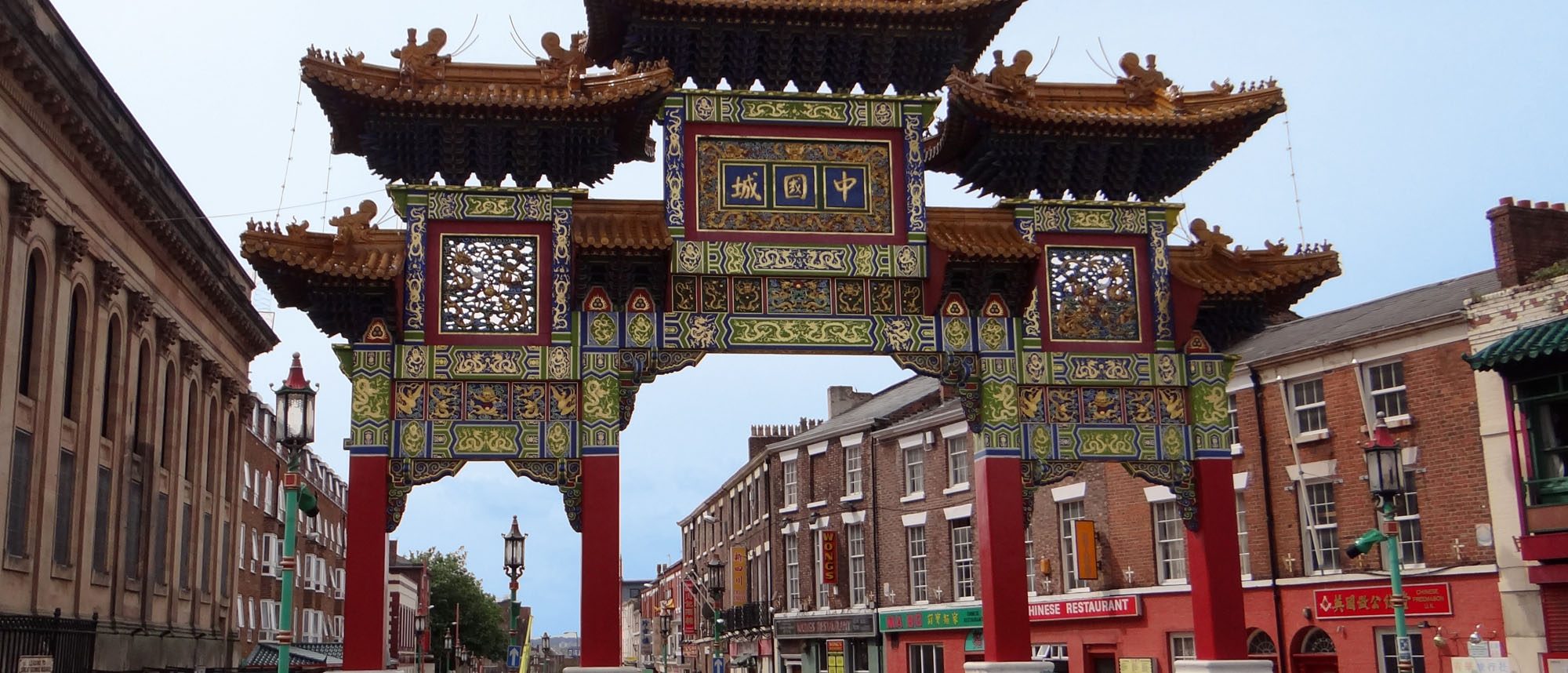The city of Liverpool has one of the oldest established Chinese communities in the UK and Europe. During the establishment of the Chinese community, trade links were thriving between the ports of Shanghai and Liverpool. The primary goods being traded were silk and cotton wool.
Many Chinese immigrants arrived in Liverpool in the late 1860’s and established the Blue Funnel Shipping Line that ran direct from Liverpool to China. Chinese sailors who decided to stay and work from Liverpool settled in Cleveland Square which was close to the docks ensuring quick access and no commuting.
Chinese settlers began to construct their own businesses to supply certain goods to their country-men who were settled in a new unfamiliar city with people who spoke a different language to them. Boarding houses, shops and cafes opened so that they could buy cooked food and groceries to prepare their own meals. One of the first ever Chinese shops to open was in Pitt Street.
A few years after World War One, the Chinese establishment of immigrants began to grow and they moved more inland, into the side streets such as Dickenson Street and Kent Street. There were now more than 10 different places where you bought or ate Chinese food at the time. In addition to this, around the same area, a few gambling houses began to open, which were mainly visited by Chinese seamen who were required to stay on shore for a period of time. This provided a means of leisure and entertainment during free time when they were not working.
As there were very few places for the Chinese seamen to go and spend their wages whilst staying in Liverpool, the gambling dens were pretty much the only place that they visited and a concern grew about the amount of seamen that were gambling away their wages. Therefore, in 1917, a Chinese Seamen’s Welfare Centre was opened in Bedford Street that provided a place for them to gather and socialise.
During the 1930’s, the council planned to replace all of the old courts and warehouses in the area known as China Town and with the bombing of Liverpool in the 1940’s, this speeded the process up. However, it destroyed near enough all of Pitt Street and Cleveland Square. After this, Liverpool saw a massive reduction in population and a plan was put forward in an effort to try and attract members of the community back into the heart of the city. The plan was put forward by a Chinese architectural student but was rejected by the City Council due to huge costs of the proposal.
However, members of the community gradually started to move into the new houses in Kent Street and Pitt Street and many successful plans and projects were constructed, including a Chinese Bank and Chinese Newspaper in 1944. A few years later, a Chinese Seamen’s Club was opened in the 1960’s.
More and more members of the Chinese community started to spread their business across the Merseyside region rather than restricting it solely to China Town and some shops and clubs re-opened in Nelson Street and Great George Square.
The Chinese Arch that stands at the entrance to Liverpool’s Chinatown has four pillars, 5 roof sections and is covered in Chinese designs and calligraphy. It was built in the year 2000 by a number of craftsmen from Shanghai and is the biggest Chinese Arch outside of Asia.


